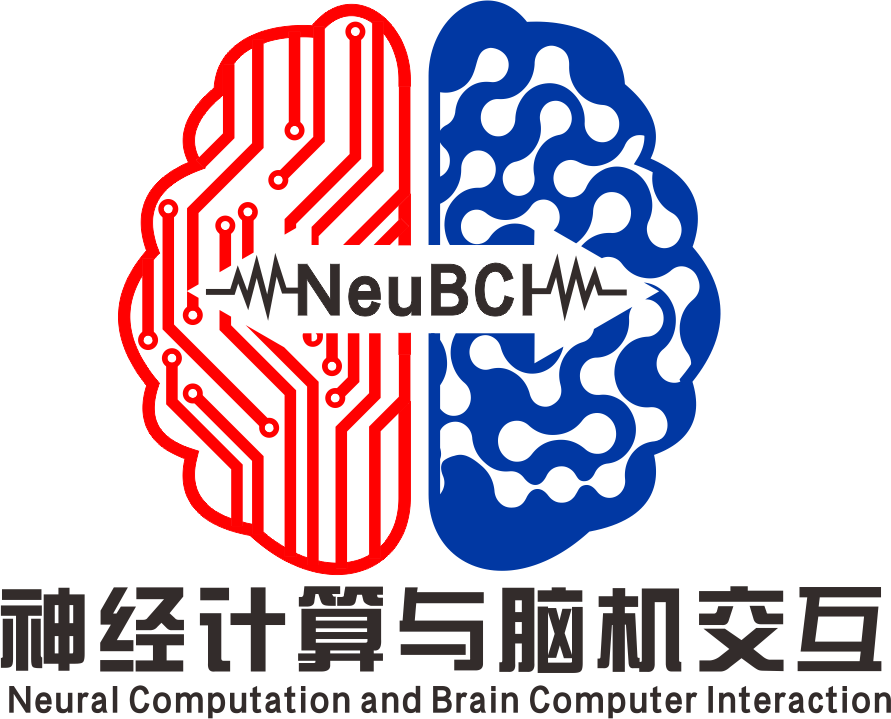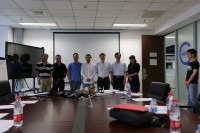On 11 o’clock A.M, May 29th, 2016, Dr. Qianwen Miao passed the Doctoral Dissertation Defense in the conference room on 9th floor of Automation Building. His thesis topic is ”Integration of ultra-high field MRI and histology for computational neuroanatomy research ”.
Here is the abstract:
Computational neuroanatomy utilizes various imaging modalities and computational techniques to model and quantify the spatiotemporal dynamics of neuroanatomical structures in both normal and clinical populations. Magnetic Resonance Imaging (MRI) has become the preferred tool in computational neuroanatomy studies because of its feasibility and noninvasiveness. Clinical MRI technology and computational methods corresponding has made great contributions in the field of macrostructural neuroanatomy. However, apply these techniques and methods to microstructural neuroanatomy research was difficult and questionable for the relatively low spatial resolution of clinical MRI. Main contributions of the dissertation can be summarized as follows:
(1) We proposed a systemic scheme for computational neuroanatomy study with multi-dimensional information (Cyto-and myeloarchitecture) from multi-modal ultra-high field MRI and multi-stain histology. Ultra-high field magnetic resonance imaging (MRI) at 7T or higher field has become increasingly relevant for neuroscientific research because of improved spatial resolutions. Histological studies for long played an important and fundamental role in brain development and neuropsychiatric disorder research. Current developments in the field of neurohistology are rediscovering the richness of immunohistological information when applying a multi-stain systematic approach to brain structure. By employing both of these technologies, we proposed a systemic scheme for computational neuroanatomy study, capable of revealing microstructural and macrostructural neuroanatomy of the tissue at the same time.
(2) Data acquisition and processing methods for the proposed computational neuroanato my study scheme. 7T and 9.4T MRI scanners and multi-stain immunohistological technique were applied in the scheme. To tackle the image integration problem of multi-modal data, liner and non-liner registration method and multi-step registration strategy were applied. The results suggested good accuracy of image information integration.
(3) Human hypothalamus anatomy study using the computational neuroanatomy study scheme. To test the feasibility of the scheme, we processed the complex and incompletely known human hypothalamus using the full processing pipeline, and further explored the anatomy/connectivity of hypothalamus using fiber clustering technique. The results may push our understanding of human hypothalamus forward.



